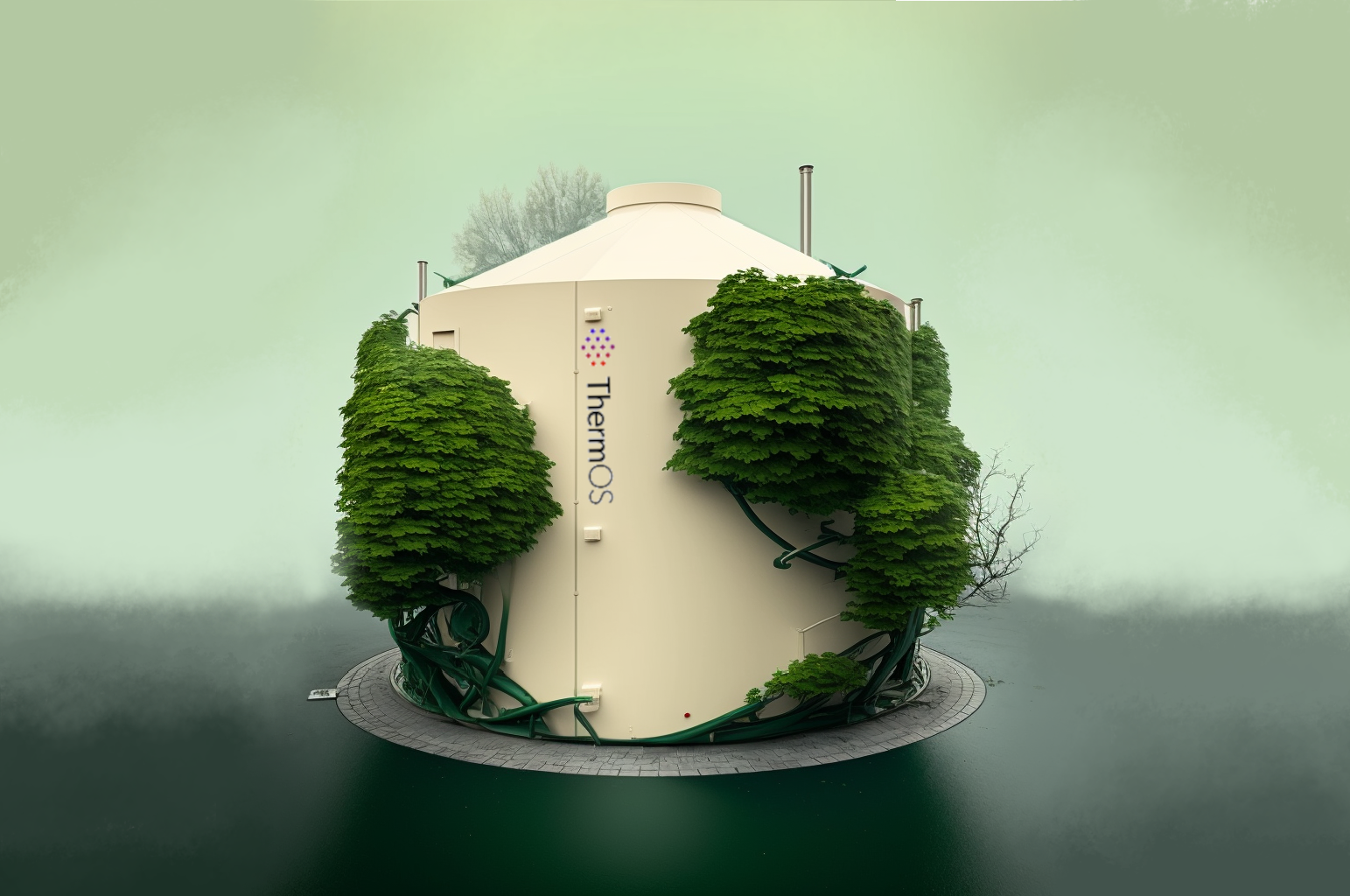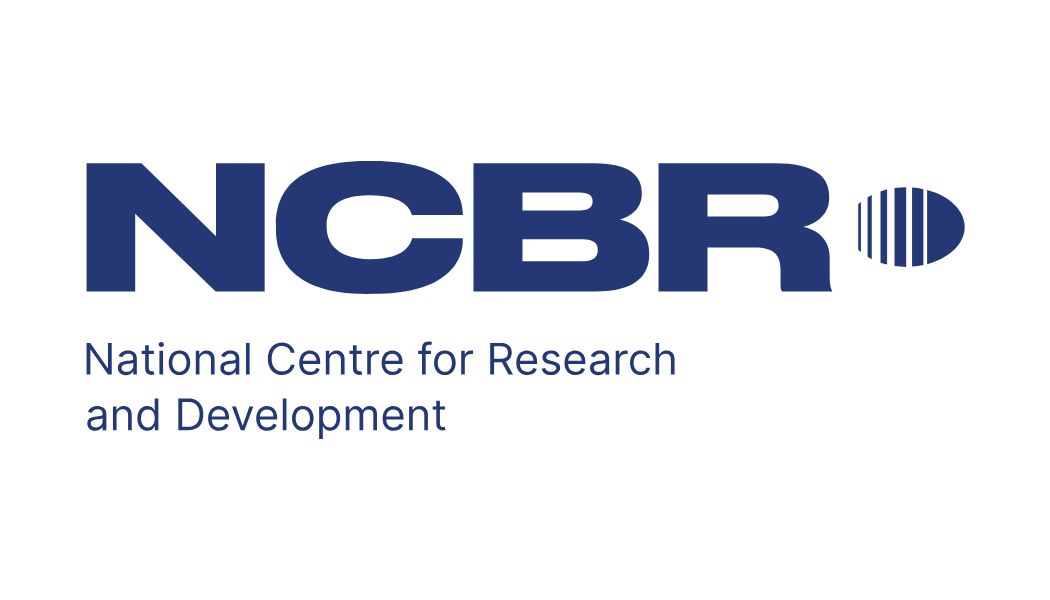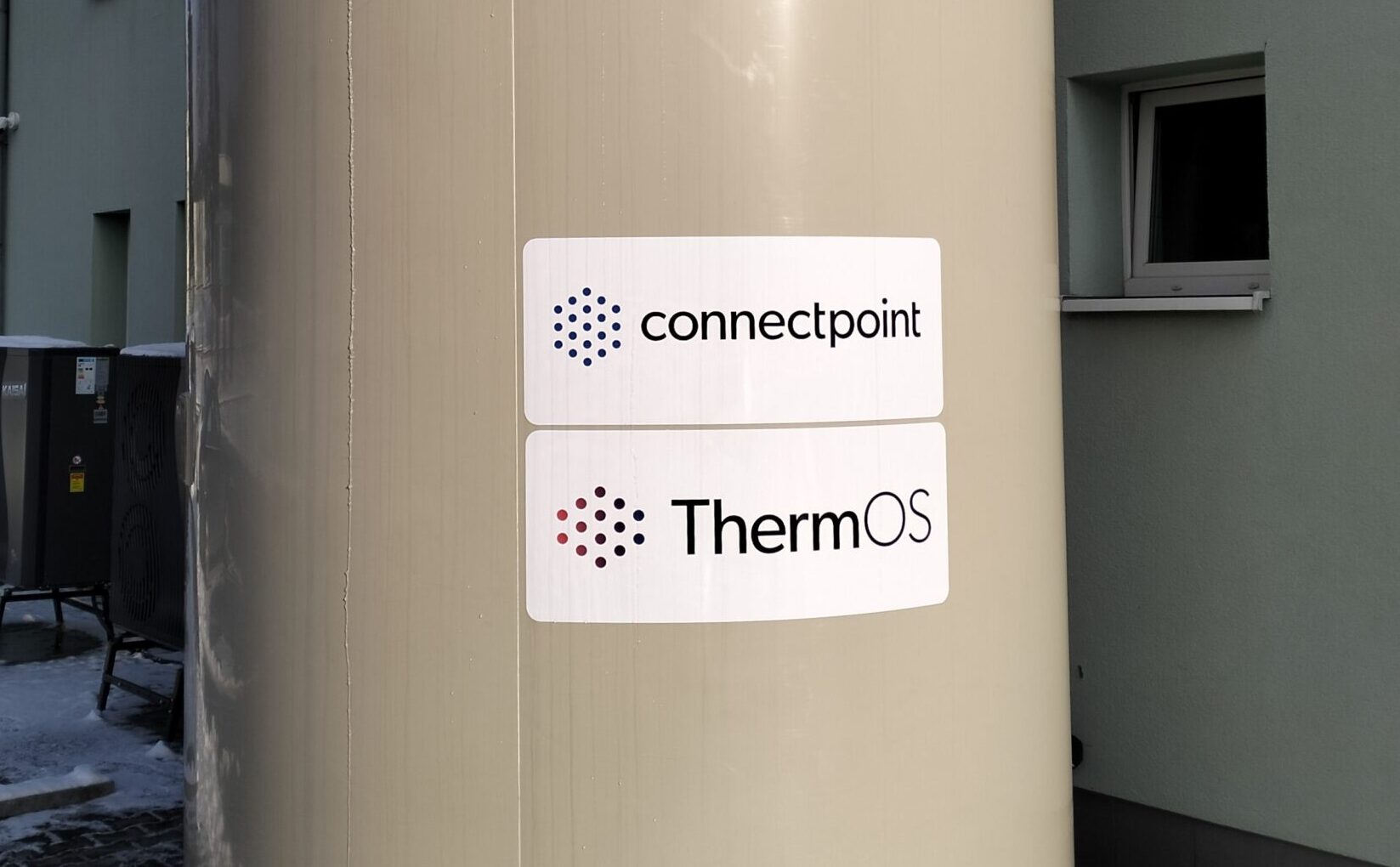ThermOS
Collecting and storing energy from renewable sources

“Innovation is a specific tool of entrepreneurship… an action that gives our resources a new field for earning money”
Peter Drucker
Research and development project organized by NCBR
The Thermal Optimal System was created as part of the research and development project “Storing Heat and Cooling”. ThermOS won the competition, which was organized and financed by the National Center for Research and Development.
Find out more about the project implementation:
Contractor Recommendation-Good Practices

What is ThermOS?
ThermOS is a complete technological system for heating, cooling and hot water for various buildings. It uses photovoltaic energy and heat pumps to provide thermal comfort and maximum self-sufficiency.
The key to commercial applications is storing heat in the form of water at a temperature of 45-55°C. This method is simple, chemically neutral, safe and cost-effective.

Market challenges
The market environment forces the use of storage to be considered.
The coming years will change the approach to providing energy comfort on the market.
- Market fragmentation
- Climate
- Pressure on less predictable and manageable renewable sources
- Prices
- Increasingly expensive connection of new recipients to systems
- Optimization of new systems
Management
Combination of engineering, IT knowledge and innovative approach
- Control system
- Scheduling
- Integration with other system elements: PV, heat pumps
Market potential
Heat market in Poland – 1 billion GJ
Price of 1 GJ – PLN 120.00
333 GWh of electricity did not reach the grid due to reductions ordered by PSE (from 01.01.2024 to 31.05.2024).
We estimate the implementation potential at 10,000 heat storage facilities in the public and residential sectors by 2035.
The average size of the installation is PLN 0.3 million.
Learn more
Read our articles and discover the possibilities that Thermos offers.
If you are interested in the ThermOS project, we invite you to contact us.
We are open to commercial cooperation and can grant a paid license to use the results of our research work.